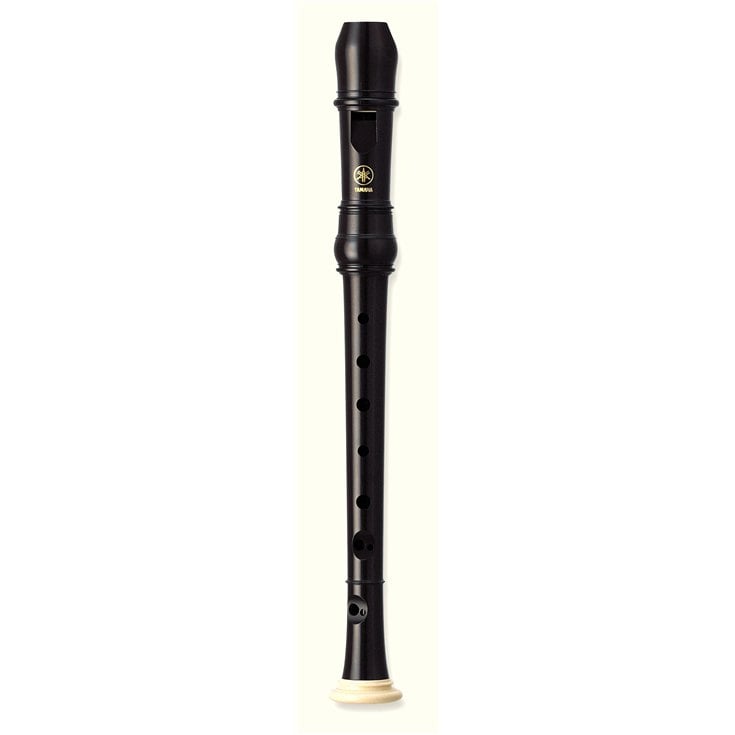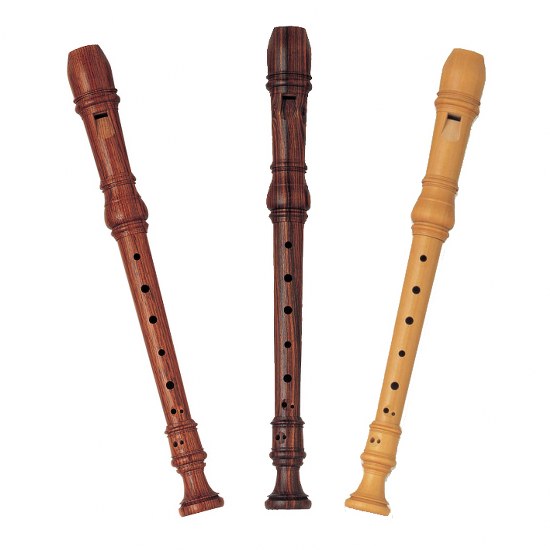
But that very position has also, perhaps, made it a less respected instrument than it could be. National Music Museum website, accessed May 1, 2013:įormation: European Classification (Sachs-Von Hornbostel revised by MIMO) to its simplicity and inexpensiveness, the recorder has become one of the most commonly taught instruments in grade-school music classes. "Recorder," In A Performer's Guide to Renaissance Music. Of two recorders from this period held by the National Music Museum, one dated to 1670 is of Renaissance design and another to 1680 is of Baroque design (see National Music Museum). Sources are not clear as to when the features that identify the Renaissance recorder gave way to those that define the Baroque recorder, but it seems likely to have taken place in the latter half of the 17 th century. Regardless, there is ample iconographic, published, and compositional evidence to suggest that the instrument and its manufacture and playing had spread throughout Europe and England by early in the 16th century.

However, that "the largest number of surviving Renaissance recorders belonged to noble families of northern Italy," and that Venice was clearly a site of early recorder treatise publication and of recorder manufacture, has led at least one scholar to credit Italy as the place of origin of this instrument type (Hunt, p. The earliest surviving recorder was unearthed in the Netherlands and has been dated to the 15 th century. The instrument has a narrow dynamic range. The playing technique involves coordination of finger work (including cross fingerings) and tongued articulations, which can be executed with great speed by accomplished players. Notes in the second octave are attained through a combination of increased airflow and the opening of the thumbhole. The player blows into the tip of the beak and the airstream is channeled through a duct and directed against a sharp edge chiseled into the side of the instrument. The soprano (or descant in British terminology) is the next to smallest, second highest pitched member of the recorder consort, tuned in C with a range of C5 to A6. Player - Instrument Interface and Sound Production Renaissance recorders have a mostly cylindrical bore with a slight tapering near their bell end. Eight holes drilled in it, one being a thumbhole on the reverse side, the other seven being fingerholes. Once this is completed the craftsman can carve the characteristic "beak" shape of the mouthpiece and chisel a deep cut into its upper side to create the sharp edge against which the airstream is directed. The blowing end of the mouthpiece section is nearly entirely stopped with a wood plug (fipple) save for a narrow channel/duct that is left open between it and the inside wall of the body. The replica instrument pictured here is made in two sections joined by a tenon-and-socket connection located just above the topmost finger hole. Renaissance period recorders were made from single pieces of wood turned on a lathe.
#Professional soprano recorder professional#
Recorders are played today by amateur enthusiasts, college students in early music ensembles, and a small number of professional performing and recording artists. Throughout the 20th century there was an early music revival, and recorders (especially replicas of Baroque period instruments, but eventually also Renaissance ones) were once again in demand. 41) tells us that during this period the recorder also served as a pedagogical tool for musicians learning other, more professionalized woodwind instruments (such as the shawm and the cornett), and that such specialists would be able to double on the instrument when needed. Aristocratic households in Italy and elsewhere in Europe often included recorders in their instrument inventories, although it is not always clear who played them in this context-members of the aristocracy, musicians in their employ, or both.

In 15th and 16th century Europe the soprano recorder was most typically played with other recorders of differing sizes (see Renaissance Recorder Consort) by court musicians and musically cultivated amateurs to perform vocal-style polyphonic music. The soprano recorder is an end-blown duct-flute aerophone of Europe.


 0 kommentar(er)
0 kommentar(er)
